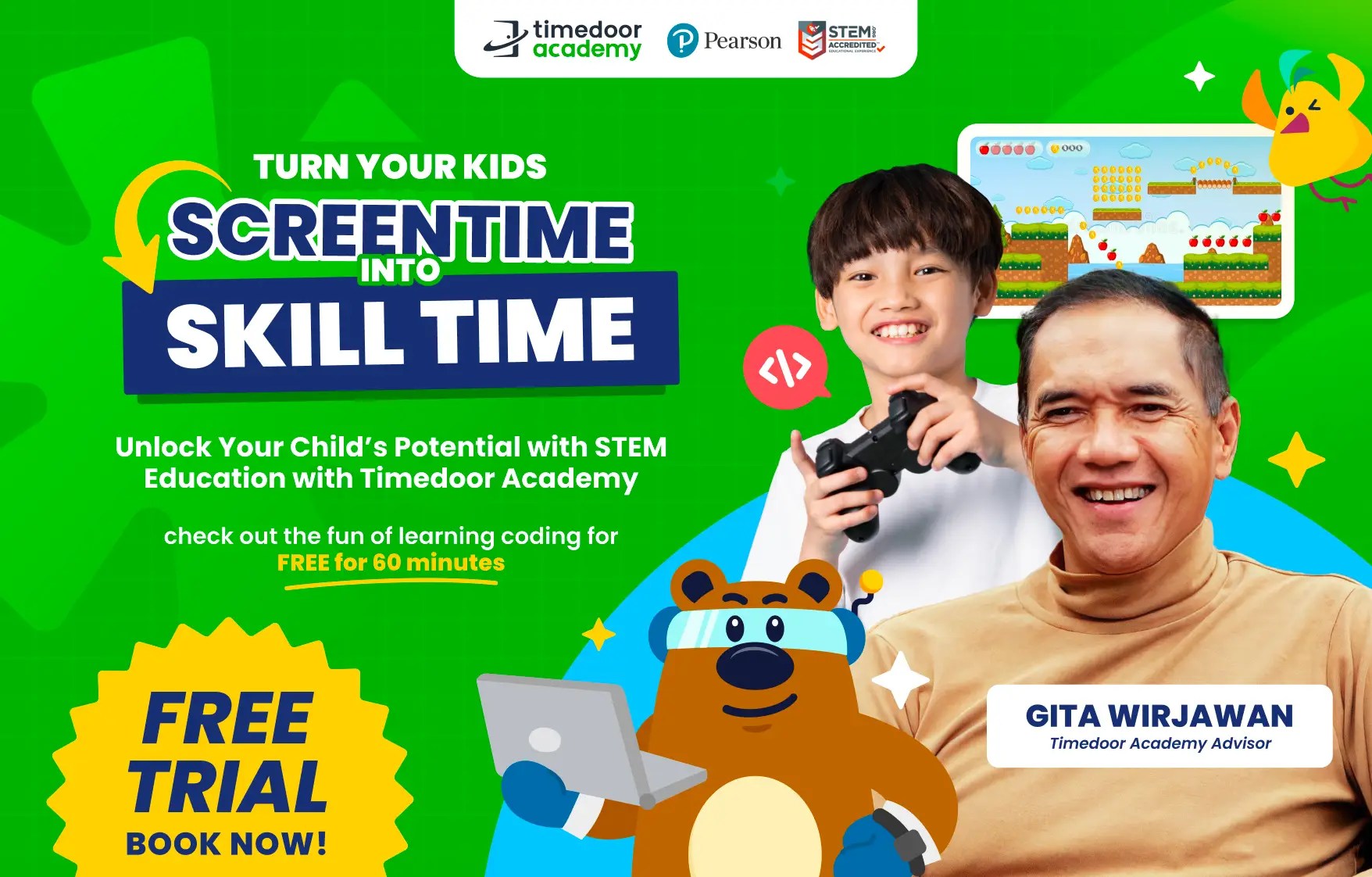Positive Impact of Multimedia Training for Teenagers Every Parent Must Know

In today’s digital era, teenagers are not only using technology for entertainment but also for learning and creating. One of the most effective ways to help them grow is through multimedia training for teenagers. This program allows young learners to understand creative content production while developing skills that are highly relevant to their future.
What Is Multimedia Training?
Multimedia training is a learning program that covers a wide range of creative skills such as graphic design, photo editing, video production, animation, and interactive presentations. By joining multimedia training for teenagers, students gain fundamental knowledge of creative technology while also learning how to apply it to produce real projects.
Key Benefits of Multimedia Training

There are many reasons why parents choose multimedia training for teenagers for their children. Some of the main benefits include:
- Boosting Creativity
Teenagers learn how to express their ideas through visual and audio works. - Improving Technical Skills
They are introduced to design and editing software widely used in the creative industry. - Encouraging Critical Thinking
In the process of creating content, they learn to plan, evaluate, and refine their work. - Preparing for Future Careers
With these skills, teenagers are better equipped for opportunities in design, communication, and technology.
Relevance of Multimedia Training in the Digital Age

Digital content is now an essential part of everyday life. Social media, YouTube, and other online platforms rely on engaging and high-quality content. Through multimedia training for teenagers, young people are not only consumers but also creators who can produce positive and valuable works.
Enhancing Communication Skills
Another important aspect is how multimedia training helps improve communication skills. In multimedia training for teenagers, students learn to deliver messages effectively through images, videos, or audio. This ability is useful not only for academic purposes but also for building strong social interactions.
Building Confidence Through Achievement

When teenagers successfully complete a multimedia project, such as a poster, a short video, or an animation, they experience a sense of accomplishment. This process naturally boosts their self-confidence. Therefore, multimedia training for teenagers contributes to positive character development as well.
The Role of Parents in Supporting the Process
Parental involvement plays a big role in the success of this journey. Supporting them with time, a comfortable learning environment, and appreciation for their creations will keep them motivated. With this encouragement, multimedia training for teenagers becomes an enjoyable and rewarding experience.
Why Choose Timedoor Academy?
Timedoor Academy provides multimedia training for teenagers designed to meet today’s learning needs. The curriculum emphasizes practical experience, ensuring that students not only understand theory but also produce real projects. With guidance from experienced mentors, every class is engaging, challenging, and inspiring for teenagers.
Support Children’s Creativity with Multimedia Training

Ingin tahu detail program?
As a parent, you surely want your child to gain skills that will benefit their future. Giving them the opportunity to join multimedia training is a wise decision. Enroll your child in a Free Trial at Timedoor Academy and see how their creativity grows into real abilities.



